Industrial hydraulic motors, sometimes called hydraulic fluid motors, are motors that use the concept of hydraulics in order to generate a force that can be used to power numerous applications. The study of hydraulics says that, because most fluids are incompressible, if a fluid is placed inside a closed system and then force is applied to it, at some point, this force will move through it to another point. Read More…
Bosch Rexroth is a global leader in manufacturing industrial hydraulics, including proportional and servo valves. Directional control, high response, flow control, pressure relief, pressure reducing, and servo valves name some of our products. Our rugged valves are a perfect fit your electrohydraulic control applications. A variety of models are available for your viewing on our website.
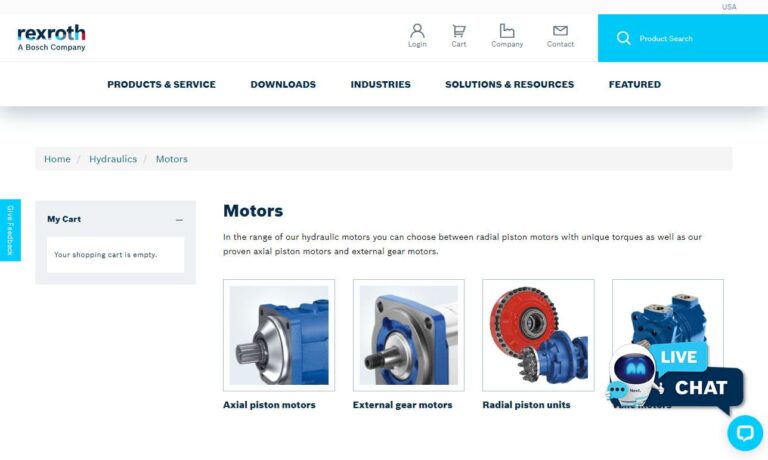
An employee-owned company, Hydraquip is a distributor of fluid power products, including hydraulic motors from Hydro-Gear, Hydrokraft, Rineer Hydraulics, Rotary Power, Sauer Danfoss, Ultra, Vickers and Von Ruden. Since 1951, we have been serving the fluid power industry.

Parker's Hydraulic Pump and Power Systems Division provides a broad selection of piston pumps, hydraulic motors and power units that help our customers meet their industrial and mobile application needs. If you are looking for cutting-edge hydraulic motors that offer superior performance and exceptional value, Parker's Hydraulic Pump and Power Systems Division is your trusted partner.
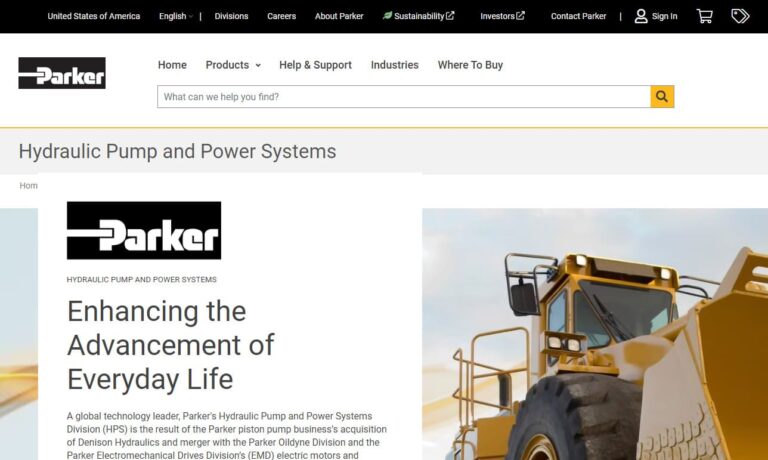
Founded 40 years ago, Innerspace designs, develops and manufactures top-quality, efficient propulsion systems for marine vehicles. Our product capabilities include hydraulic products such as hydraulic motors and customized hydraulic systems. Check out our website for more information.
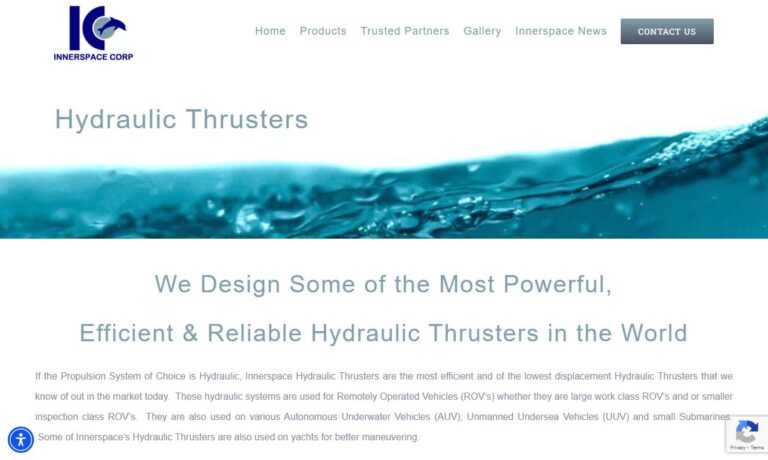
For over 50 years, MacTaggert Scott has been in the hydraulic motor business. Our radial piston hydraulic motors are used in various markets such as marine, offshore and defense. If you are looking for a hydraulic motor that runs quietly and efficiently, MacTaggert Scott is your answer. Call us today!

More Hydraulic Motor Manufacturers
Hydraulic motors are mechanical actuators that convert pressure into rotational hydraulic energy and torque, serving as the rotary counterpart to hydraulic cylinders. Often referred to as hydraulic drive motors, they are driven by engines and play a crucial role in various industries, including construction, automotive, agriculture, forestry, manufacturing, military, waste management, recycling, aerospace, marine, and oil and energy sectors. Designed for equipment and machinery requiring high-pressure actions, hydraulic motors provide the necessary power that electric motors cannot.
Hydraulic motors are essential for raising airplane wing flaps and powering industrial cranes. They are also used in various applications, including agitator and mixer drives, crane and self-driven crane operations, conveyor and feeder drives, drilling rigs, vehicles, drum drives for digesters, high-powered lawn trimmers, military vehicle wheel motors, shredders, trench cutters, trommels, kilns, excavators, marine winch drives, and plastic injection machines.
History of Hydraulic Motors
William Armstrong, a pioneer during the Industrial Revolution, advanced hydraulic power with his creation of a water-driven rotary engine. This engine, though not widely used at first, became a crucial prototype for future hydraulic rotary actuators. Later, Armstrong designed a hydraulic motor for the Swing Bridge over the River Tyne, which featured an oscillating, single-action engine with three cylinders. Throughout his career, Armstrong developed various hydraulic motors, which were instrumental in powering machines such as hydraulic cranes and were primarily used in bridge and dock applications.
Armstrong’s designs often suffered from inefficiency, as they used a constant amount of water irrespective of the load size due to fixed strokes and non-adjustable valves. Engineers like Arthur Rigg tackled this issue by creating variable stroke hydraulic motors, which allowed operators to control water usage and engine power through stroke adjustments. In 1886, Rigg patented his innovative three-cylinder radial engine, notable for its adjustable stroke length via a double eccentric mechanism. With the advancements since the Industrial Revolution, hydraulic power has become more efficient and capable. Today, modern hydraulic systems drive equipment such as bulldozers, cranes, kilns, hydraulic lifts, and metalworking machines.
Hydraulic Motor Design
Manufacturers construct hydraulic motor components and enclosures from durable metals like steel or iron to endure high operating speeds and pressure. Key considerations include the state of relief valves, fluid reservoirs, and hydraulic pumps, ensuring each component’s strength, capacity, and power align with the hydraulic fluid’s requirements. The fluid must be chemically stable, compatible with the motor’s metals, and a good lubricant. Customizable motor components include torque (starting, output, breakaway, running), motor size, range, presence of pistons and shafts, fluid pressure level, and resistance rating.
Features of Hydraulic Motors
Manufacturers construct hydraulic motor components and enclosures from durable metals like steel or iron to endure high operating speeds and pressure. Key considerations include the state of relief valves, fluid reservoirs, and hydraulic pumps, ensuring each component’s strength, capacity, and power align with the hydraulic fluid’s requirements. The fluid must be chemically stable, compatible with the motor’s metals, and a good lubricant. Customizable motor components include torque (starting, output, breakaway, running), motor size, range, presence of pistons and shafts, fluid pressure level, and resistance rating.
Types of Hydraulic Motors
Hydraulic motors are crucial components in various machinery, and they come in different types, each named after their rotating component: vane, gear, and piston hydraulic motors.
Vane motors operate with a rotor housed within an eccentric bore. This rotor is equipped with vanes that slide in and out, driven by a force differential created by pressurized fluid. While vane motors may not match the efficiency of piston motors, they offer a more economical option. These motors are known for their smooth operation and consistent torque delivery, making them suitable for applications where cost-effectiveness and reliability are paramount.
Gear motors, also known as hydraulic gear motors, consist of a driver gear and an idler gear. High-pressure fluid is introduced into one side of the gears, flowing around their periphery to the outlet port. As the gears interlock, they prevent the oil from flowing back out, causing the gears to rotate and generate energy. This type of motor is robust and straightforward, providing reliable performance in various industrial settings. Gear motors are particularly favored for their durability and ability to handle high-speed operations.
Piston motors utilize either an axial piston pump or a radial piston pump. An axial piston motor pump features an odd number of pistons arranged in a circular formation around a cylinder block, effectively regulating fluid pressure and flow. In contrast, a radial piston motor pump employs pistons mounted around an eccentrically-balanced center shaft, which may radiate either inward or outward.
Beyond the fundamental motor types, there are specialized motors meticulously engineered for semi-specific applications. Among these, hydraulic wheel motors, high-speed hydraulic motors, high-torque hydraulic motors, and gerotor motors stand out due to their unique capabilities and application versatility.
Hydraulic wheel motors are seamlessly integrated into wheel hubs, providing the essential power necessary for efficient wheel rotation. Their design allows for the direct application of hydraulic power, ensuring smooth and powerful operation. Depending on the machine’s size and the motor’s power output, these motors can adeptly control one or multiple wheels, making them indispensable in a variety of heavy-duty machinery and vehicles.
High-speed hydraulic motors deliver exceptional power by transforming hydraulic pressure fluid into force, achieving an elevated number of rotations per minute. These motors are designed to provide higher-than-normal power output, making them ideal for applications requiring rapid and efficient energy conversion.
Conversely, high-torque hydraulic motors excel in generating substantial torque at low speeds, earning them the designation of low-speed high-torque (LSHT) motors. These motors are engineered to maximize torque output, making them suitable for tasks where slow, powerful movements are essential.
Gerotor motors, also known as generated rotor motors, feature an inner and outer rotor configuration. This unique design allows these hydraulic motors to function as pistonless rotary engines, providing reliable performance in various applications. Their versatility and robust construction make them a preferred choice for many industrial and mechanical systems.
Advantages of Hydraulic Motors
Hydraulic motors, as a type of actuator, compete with various motors and actuators in different applications. A common competitor is the electric motor, which is favored for its simplicity, ease of control, and low maintenance. However, hydraulic motors offer distinct advantages in certain scenarios.
In high-torque and heavy-duty applications, hydraulic motors often outperform electric motors. They generate high levels of torque at low speeds, making them ideal for construction equipment and industrial machinery. Electric motors may struggle to provide the same torque without increasing size and complexity, leading to higher costs and reduced efficiency.
Pneumatic actuators, which use compressed air, are another competitor. Common in automation and robotics, they are suitable for lightweight and fast applications but less effective for heavy loads. Hydraulic motors provide more precise and controlled movements, making them preferable for tasks requiring accuracy and stability, such as steering systems in large vehicles and cranes.
Hydraulic motors often find themselves competing with internal combustion engines. Despite the power and widespread use of internal combustion engines in transportation and heavy machinery, hydraulic motors present significant advantages in terms of energy efficiency and environmental impact. The ability of hydraulic systems to recover and reuse energy leads to reduced waste and enhanced overall efficiency. Additionally, as environmental concerns become more pressing, the design of hydraulic motors to use biodegradable fluids makes them a more eco-friendly option compared to traditional internal combustion engines.
Hydraulic motors possess several advantages over their competitors. In high-torque applications, they surpass electric motors by providing more power at lower speeds. When compared to pneumatic actuators, hydraulic motors deliver superior control and precision, making them well-suited for heavy-duty and precise tasks. Furthermore, hydraulic motors distinguish themselves from internal combustion engines through their energy efficiency and the potential for eco-friendly operation with biodegradable fluids. While the choice of the most suitable actuator ultimately depends on the specific application requirements, hydraulic motors undoubtedly offer unique benefits in many industrial and mobile machinery contexts.
Accessories for Hydraulic Motors
Accessories are crucial for optimizing hydraulic motor performance. Motor seal kits prevent leaks and ensure proper sealing, while pump seal kits ensure efficient fluid transfer in pumps. Check valves allow one-way fluid flow and prevent backflow, maintaining system pressure and efficiency. Proper tubing, which connects system components, minimizes pressure loss and ensures smooth fluid flow.
Pumps generate the necessary fluid flow and pressure for hydraulic systems. Different types, including gear, vane, and piston pumps, cater to various applications based on flow rates, pressure requirements, and efficiency. Hydraulic fluid transmits power and lubricates parts, making the right fluid selection crucial based on temperature range, viscosity, and compatibility. Accessory needs depend on the hydraulic system’s specific application. For instance, seal kits address leaks, while check valves control fluid flow direction and pressure. Proper selection of tubing, pumps, and fluids based on flow rate, pressure, and temperature is essential. For these accessories, contact suppliers, manufacturers, or authorized distributors. They offer motor and pump seal kits, check valves, tubing, pumps, and hydraulic fluids. Providing detailed system specifications ensures compatibility. Consulting hydraulic experts can also aid in optimizing system performance.
Proper Care for Hydraulic Motors
Proper care and maintenance are vital for the longevity and performance of hydraulic motors. This includes regular inspections to detect leaks, damaged hoses, and worn seals, maintaining system cleanliness to prevent contaminants, and monitoring fluid levels and quality to meet manufacturer specifications. Adequate lubrication of all moving parts minimizes friction and wear, while adherence to the manufacturer’s maintenance schedule and guidelines ensures optimal condition. Properly training operators in correct usage helps them understand system limits and respond to abnormal conditions appropriately.
Proper care of hydraulic motors significantly enhances machinery efficiency and cost-effectiveness. Regular maintenance boosts reliability by reducing unexpected breakdowns and failures, leading to increased uptime and productivity. A well-maintained hydraulic motor also has an extended lifespan, reducing the need for frequent replacements and resulting in substantial cost savings. Improved efficiency from clean filters, adequate fluid levels, and optimized lubrication ensures smoother performance and lower energy consumption. Additionally, regular maintenance ensures operator safety by minimizing the risk of malfunctions. In summary, maintaining hydraulic motors enhances reliability, extends lifespan, improves efficiency, saves costs, and increases safety, making it a sound investment for any hydraulic system owner.
Standards for Hydraulic Motors
Standards for hydraulic motors are essential for ensuring safety, quality, and interoperability within the industry. In the United States, key organizations regulate these standards. The Occupational Safety and Health Administration (OSHA) enforces workplace safety regulations related to hydraulic systems, aiming to protect workers from potential hazards and accidents. The National Fire Protection Association (NFPA) establishes standards focusing on safety, performance, and design considerations to prevent fires and ensure proper installation and operation of hydraulic equipment. The Society of Automotive Engineers (SAE) develops standards covering performance, efficiency, design, and testing procedures to promote consistency and compatibility among hydraulic motor products.
The American National Standards Institute (ANSI) supervises and accredits the creation of voluntary consensus standards across various sectors, including hydraulic motors. ANSI ensures these standards are established transparently and fairly, with contributions from a range of stakeholders. Globally, the International Organization for Standardization (ISO) establishes standards that are broadly acknowledged and adopted by manufacturers and users worldwide. ISO standards encompass aspects such as performance, dimensions, testing protocols, and safety measures for hydraulic motors. Manufacturers who do not adhere to these standards may encounter legal issues, product recalls, or harm to their reputation. Adherence is vital not only for complying with legal obligations but also to guarantee that their products are safe, dependable, and compatible with other components in hydraulic systems.
Failing to meet these standards can result in safety hazards, equipment failures, and accidents. Non-compliance may lead to higher maintenance costs, reduced productivity, and potential legal issues if accidents or injuries occur due to faulty hydraulic motors. For manufacturers, adhering to these standards ensures high-quality, consistent, and safe hydraulic motors. Compliance also enables wider acceptance in domestic and international markets, boosting sales and enhancing brand credibility.
Choosing hydraulic motors that meet standards ensures safety, reliability, and performance. Compliant products integrate seamlessly into existing systems, reducing compatibility issues and maintenance needs. Organizations like OSHA, NFPA, SAE, ANSI, and ISO set and enforce these standards. Compliance guarantees product quality and market acceptance, providing users with reliable motors. Non-compliance risks severe consequences, highlighting the importance of adherence.
Purchasing Hydraulic Motors
When searching for a hydraulic motor, it is essential to partner with a supplier that ensures your success. Look for a supplier with extensive experience and a proven track record, offering high-quality products within your budget and timeframe. They should meet your standard requirements, provide delivery services, and offer post-delivery support such as parts replacement and hydraulic repair.
To find such a supplier, refer to the hydraulic motor manufacturers listed on this page. Each listed provider is a highly capable and reliable hydraulic service expert. Their information is integrated throughout the page alongside industry insights. For optimal results, select three or four potential suppliers and contact them to discuss your specifications. Compare these interactions to determine the best fit for your needs.

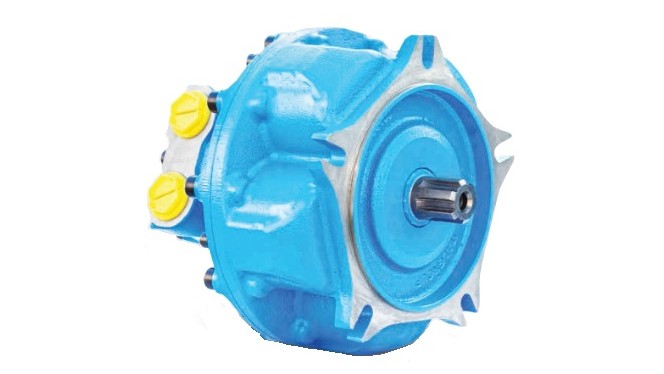
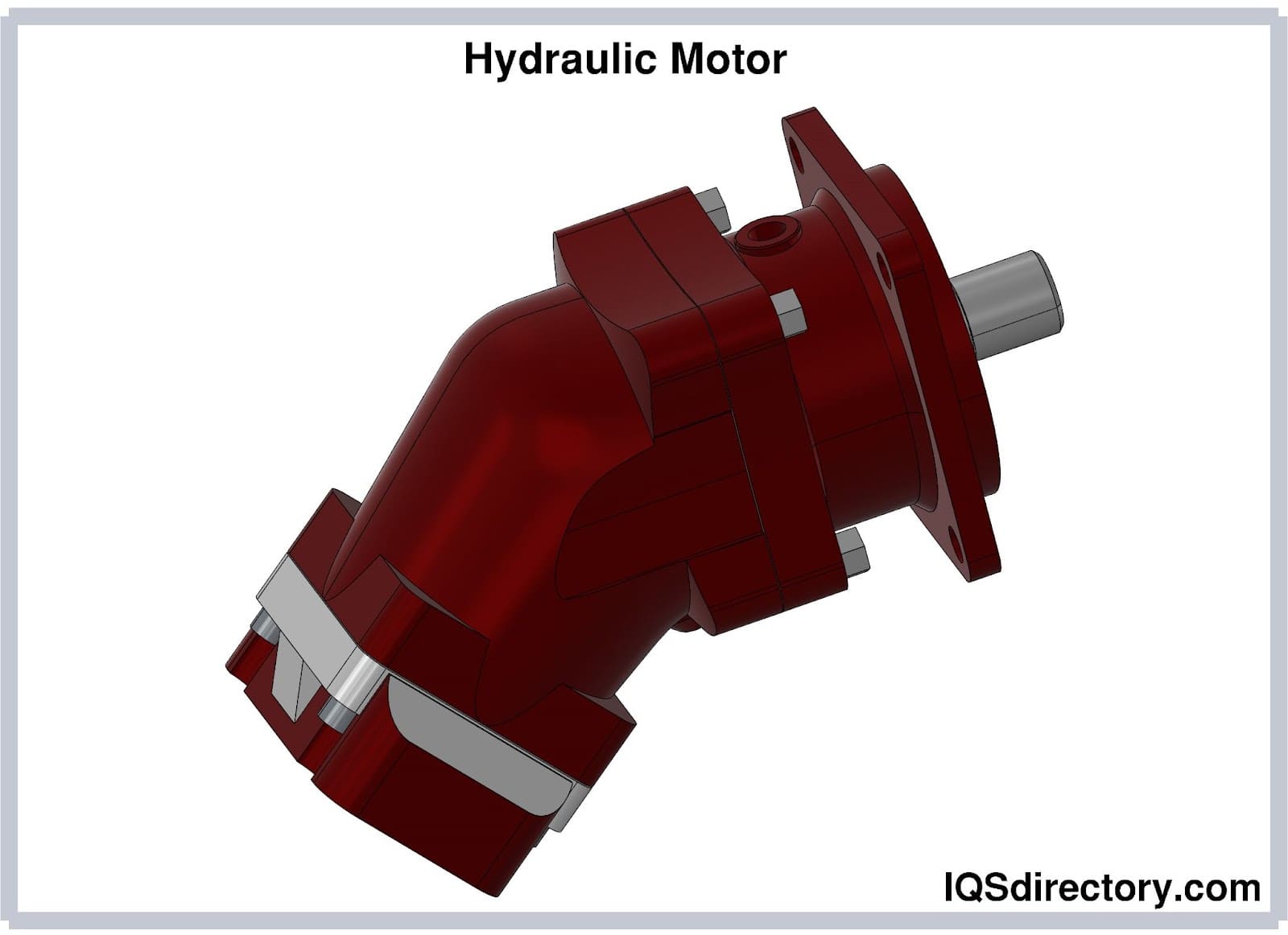
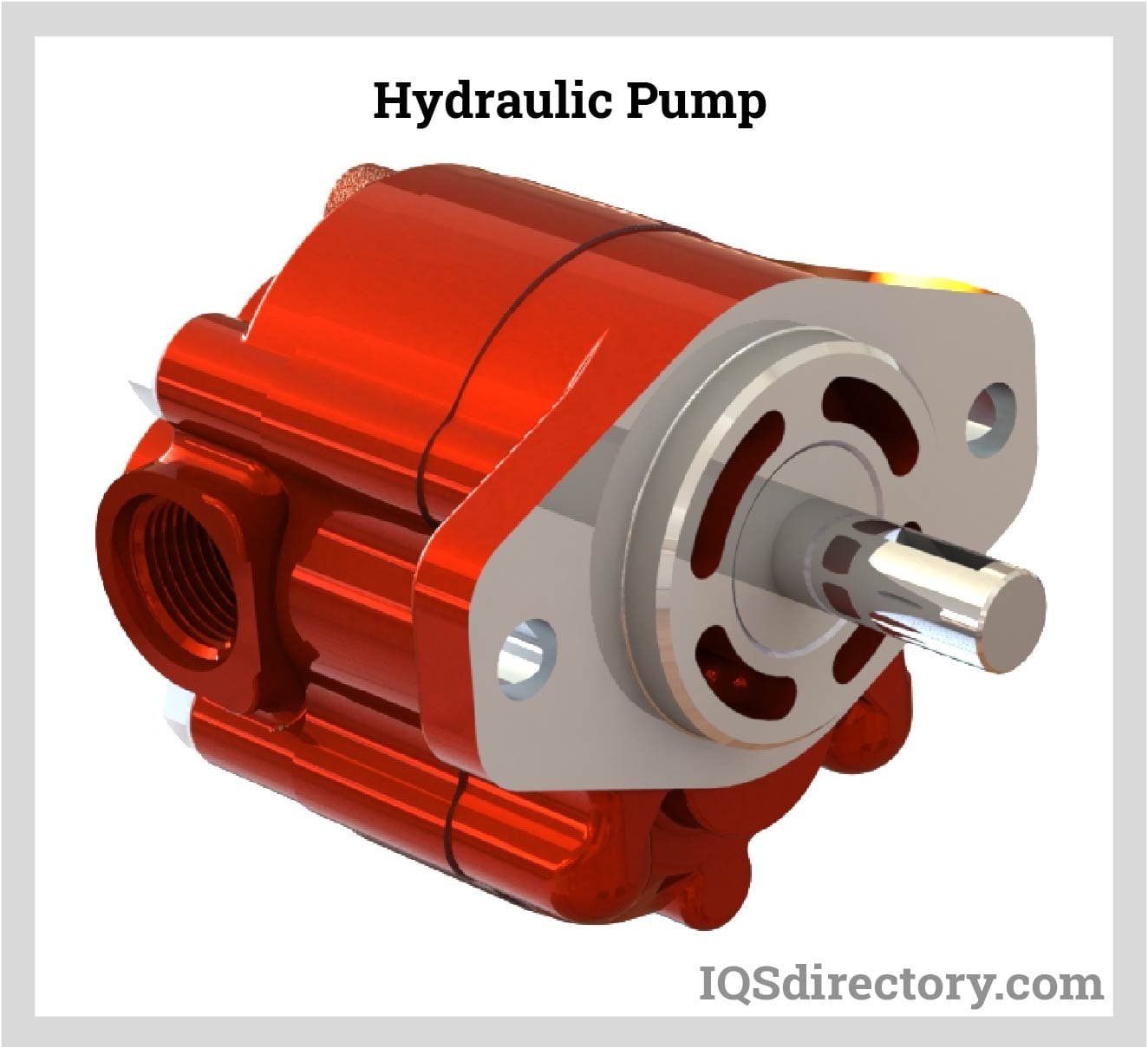
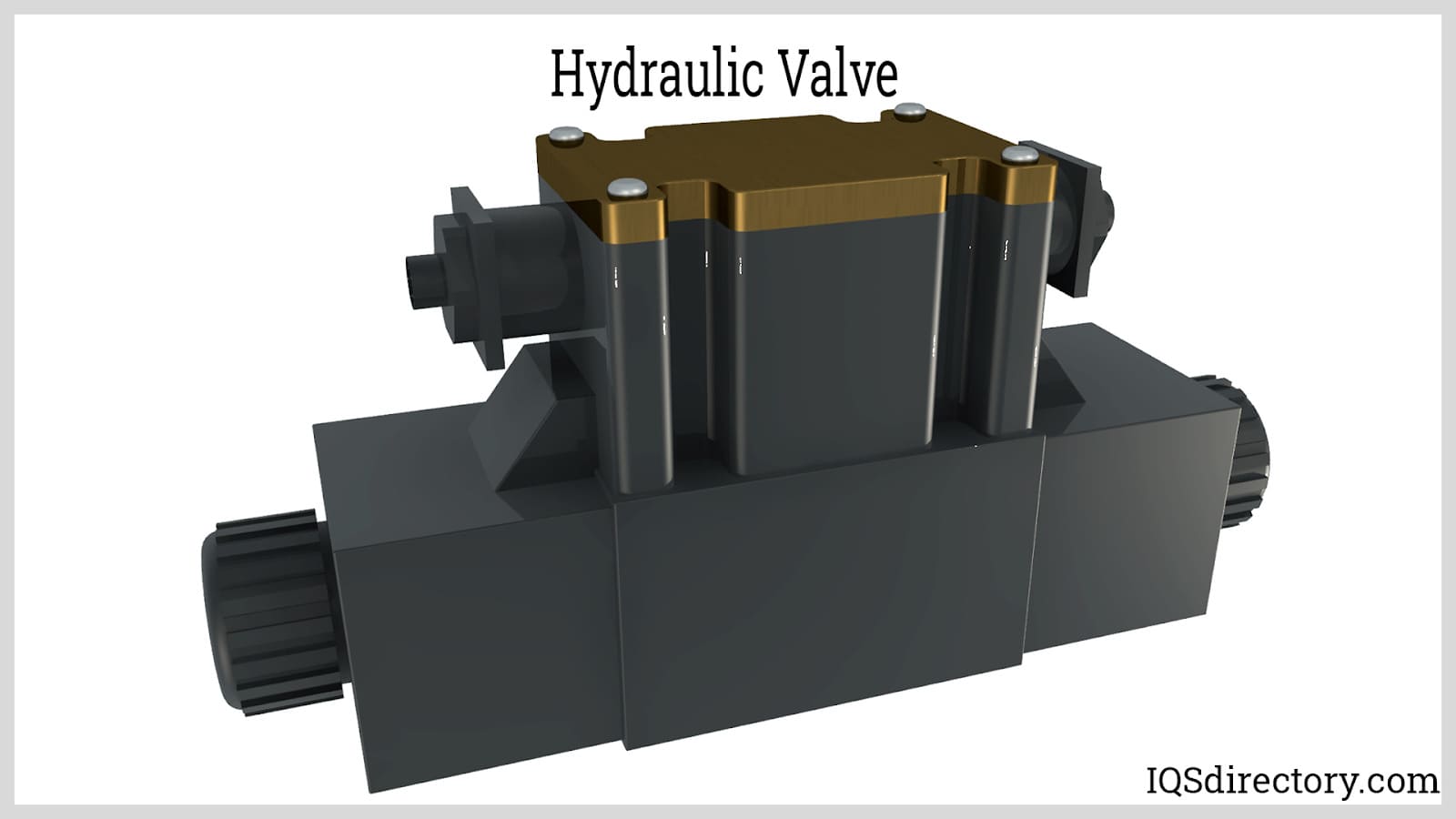
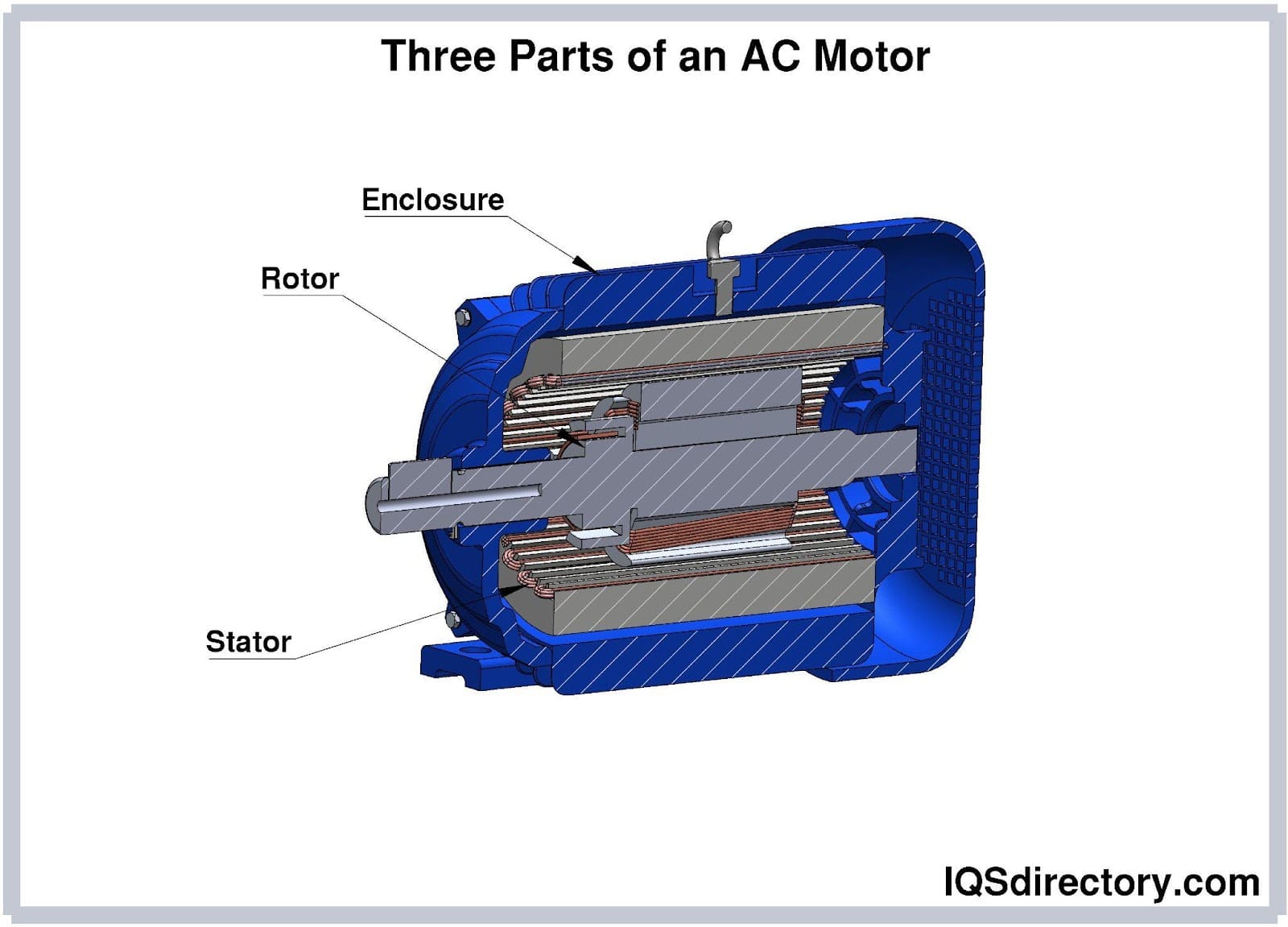
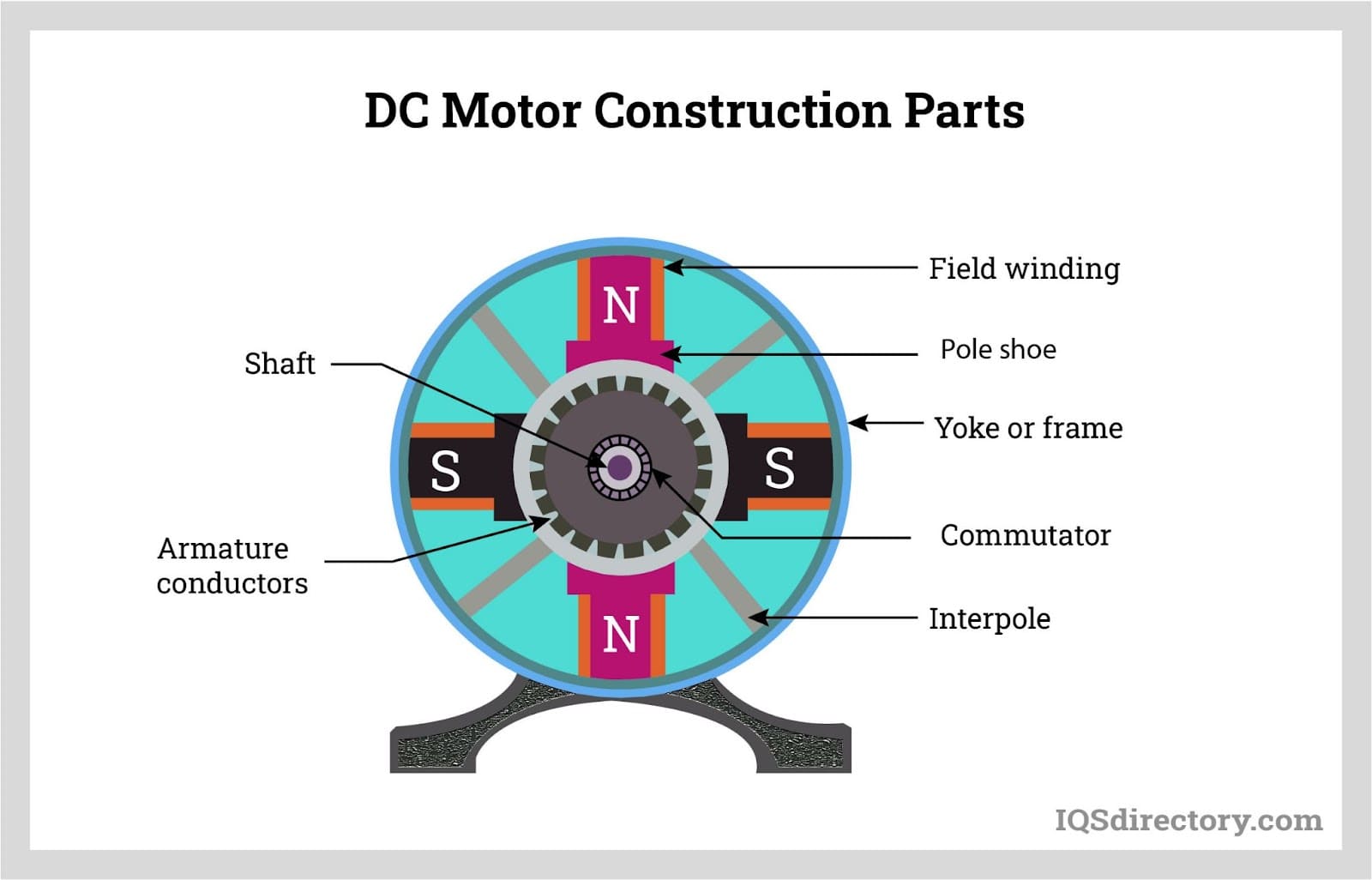

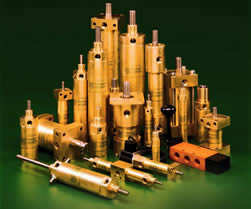 Hydraulic Cylinders
Hydraulic Cylinders Hydraulic Lifts
Hydraulic Lifts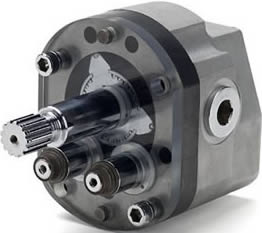 Hydraulic Motors
Hydraulic Motors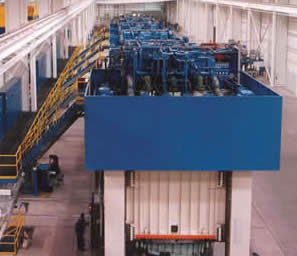 Hydraulic Presses
Hydraulic Presses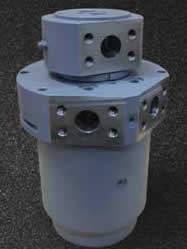 Hydraulic Pumps
Hydraulic Pumps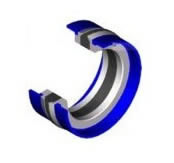 Hydraulic Seals
Hydraulic Seals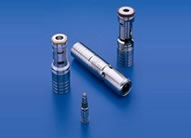 Hydraulic Valves
Hydraulic Valves Castings & Forgings
Castings & Forgings Bulk Material Handling
Bulk Material Handling Electrical & Electronic Components
Electrical & Electronic Components Flow Instrumentation
Flow Instrumentation Hardware
Hardware Material Handling Equipment
Material Handling Equipment Metal Cutting Services
Metal Cutting Services Metal Forming Services
Metal Forming Services Metal Suppliers
Metal Suppliers Motion Control Products
Motion Control Products Plant & Facility Equipment
Plant & Facility Equipment Plant & Facility Supplies
Plant & Facility Supplies Plastic Molding Processes
Plastic Molding Processes Pumps & Valves
Pumps & Valves Recycling Equipment
Recycling Equipment Rubber Products & Services
Rubber Products & Services